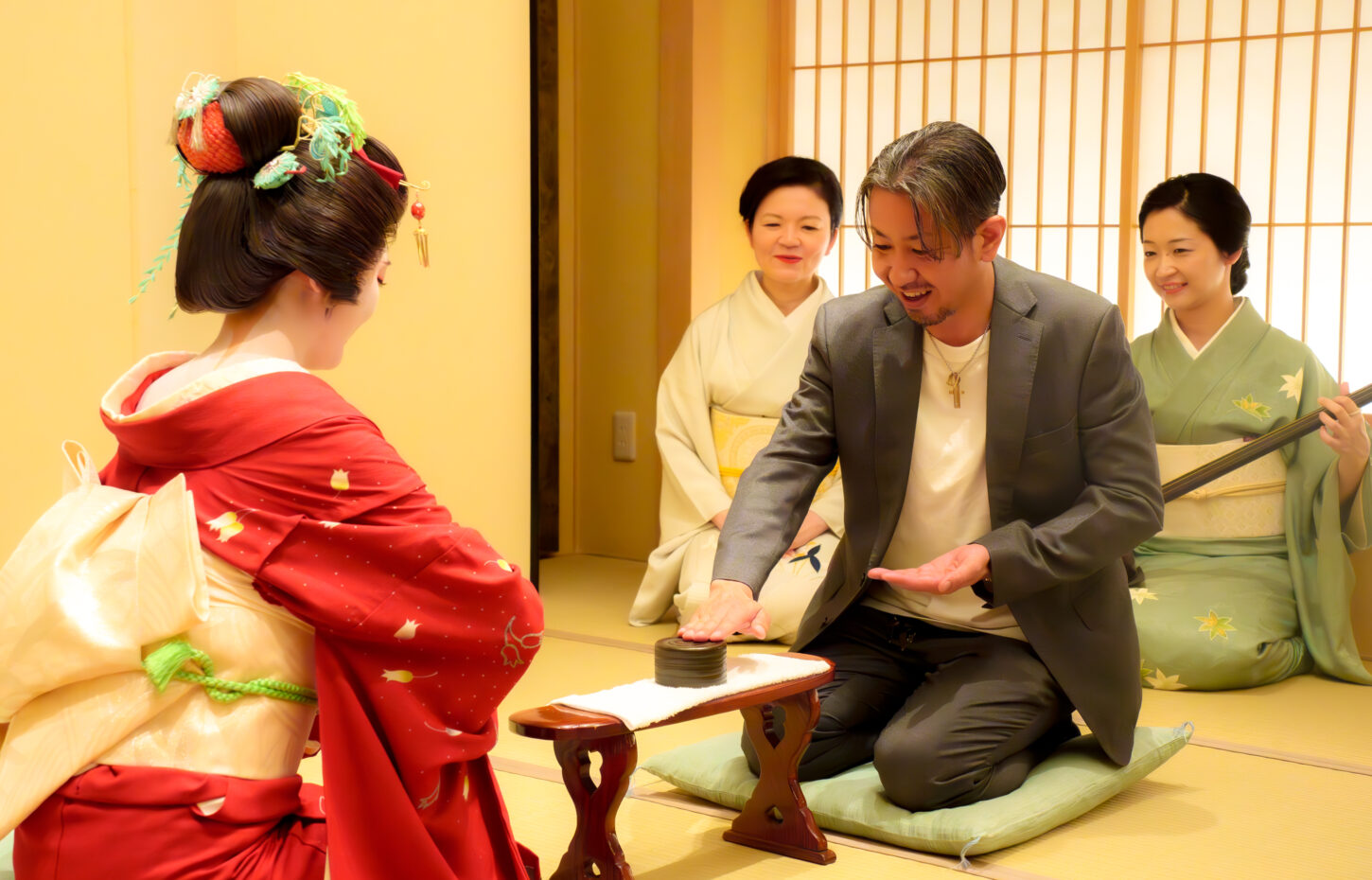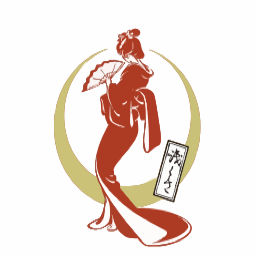
Tips for Livening Up an Oseki Play? Rules and How to Play Explained ~Tora Tora Edition~

Have you heard of Tora‑Tora, the traditional parlor game enjoyed with geisha? In this article, we’ll dive into everything that makes Tora‑Tora captivating—from its origins and history to the fun, dynamic rules featuring three roles (Watanowai, the Old Lady, and the Tiger), and the clever use of folding screens. Even beginners will find it easy to pick up! We also include the full lyrics, explanations, and tips on how to have a fantastic time with a geisha in a lively traditional setting. After reading this, you’ll understand Tora‑Tora deeply and be ready for an unforgettable evening.
1. What Is “Tora‑Tora”—A Geisha Parlor Game?
Parlor games (ozashiki asobi) are vital to Japanese traditional entertainment, deepening bonds between geisha and guests. Among them, Tora‑Tora stands out for its creative use of folding screens. Guests and geisha use gestures and role-play—just like stage actors—making it a cherished part of classic ozashiki culture.
1.1 Dramatic, Screen‑Based Game with Dancing Poses
The most distinctive feature of Tora‑Tora is the large folding screen placed between players. At the end of a song, each person takes turns stepping out from behind the screen and striking a pose (a dance-like action) representing one of the three characters. The winner is decided based on which pose triumphs in a “rock–paper–scissors”–style hierarchy. Its bold movements and lively mix of expressions create an amazing atmosphere—and anybody can pick it up effortlessly!
1.2 Origins & History
Tora‑Tora is said to be inspired by tales like Kokusenya Kassen or the story of Kato Kiyomasa defeating a tiger. The resulting characters—Watanowai, Old Lady, and Tiger—have been loved by guests in ozashiki rooms for generations, making this a time-honored traditional game.
2. Tora‑Tora Rules Made Simple: The Three‑Way Hierarchy
Tora‑Tora’s charm lies in its simplicity layered with humor and playful strategy. Players hide behind the folding screen, dance, then reveal one of three poses. The winner is determined by this rock-paper-scissors–style relationship:
| Pose | Beats | Loses To |
|---|---|---|
| Tiger | Old Lady | Watanowai |
| Watanowai | Tiger | Old Lady |
| Old Lady | Watanowai | Tiger |
Remembering “Tiger beats Old Lady, Watanowai beats Tiger, Old Lady beats Watanowai” is the key to enjoying the strategy and fun.
2.2 Character Poses: Role‑Play in Action
Each character has a distinct pose inspired by classical Japanese performing arts:
- Watanowai: A heroic stance like wielding a spear—strong, upright, one foot forward—recalling a warrior from kabuki or joruri.
- Old Lady: A hunched posture holding an imaginary cane—one hand on the hip, the other gripping the stick—ideal for a playful matriarch impersonation.
- Tiger: A fierce, four‑legged stance with paws raised, body low, as if about to pounce—full of dramatic energy.
3. How to Play: Step‑by‑Step Guide
Tora‑Tora is easy yet engaging—perfect for everyone. Here’s how it flows:
Step 1 – Face Each Other with the Screen
Two players stand on opposite sides of a folding screen, building anticipation of each other’s poses.
Step 2 – Dance & Strike Your Pose
As the song plays, both players dance behind the screen. When the song ends, each steps out and reveals their pose in one of the three characters.
Step 3 – Compare & Reveal
At the end of the song, both players simultaneously emerge, striking their poses. The winner is decided based on the three-way hierarchy—and cheers and laughter fill the room! Sometimes the loser must perform a funny “penalty,” adding even more amusement.
〈Next page〉
The Song of Tora‑Tora: Lyrics & Meaning










No comments yet.